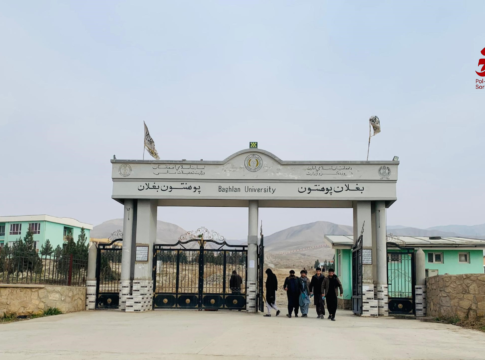By: Abdul Basir Mesbah
Source: Pol-e Sorkh Media
Introduction
The transition from a republic to a Taliban emirate in Afghanistan brought about extensive transformations in the country’s political, social, and economic systems. The bureaucracy of the country was reshaped, and political and academic elites left, replaced by new groups with entirely different ideologies and an “afterlife-centric” outlook, who assumed positions across various levels of political, economic, and cultural power.
One of the major consequences of this political regime change that has received less attention is the metamorphosis in scholarly communication within the country. Although much has been said over the past three years about the closure of school and university gates to girls, other dimensions of the issue have been overlooked. One such dimension is the decline and transformation of academic interactions within Afghanistan’s educational institutions. If this issue is not addressed seriously, we will witness a profound regression and, consequently, the emergence of cultural and social crises for Afghanistan’s future generations.
To better examine this topic, we will first discuss the concept of scholarly communication—an important and serious subject in the fields of culture and social sciences—and then analyze this transformation and its consequences.
Scholarly communication refers to the process of producing, exchanging, and disseminating knowledge among researchers, academic institutions, and the broader scholarly community. This communication occurs through academic papers, conferences, research collaborations, and digital tools such as databases and scholarly networks. The primary goal of scholarly communication is to facilitate the flow of information, increase access to knowledge, and enhance the quality of scientific research (Garvey, 1979).
To access the full article, please download it free of charge
